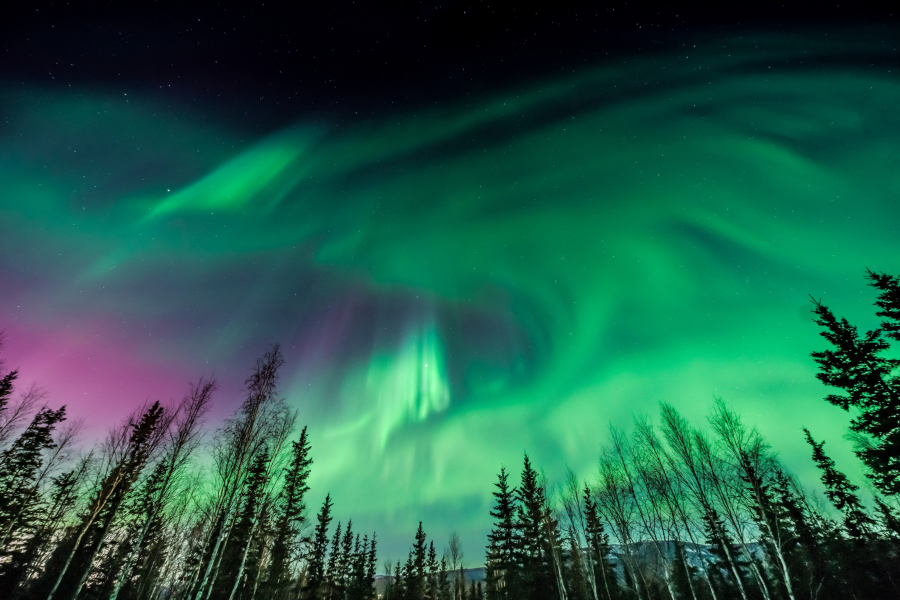In recent days, major outlets have excitedly reported that low-latitude communities, including Vancouver, will be able to see a display of flashing auroras Thursday evening.
But the reports of the aurora are greatly exaggerated.
As in, they’re wrong.
“Unfortunately, the bad news is the forecast has been downgraded,” wrote Jim Todd, OMSI’s director of science education, in an email.
Multiple media outlets, including the Oregonian, the Associated Press and NBC News, referenced an incorrect report from the University of Alaska Fairbanks Geophysical Institute, that predicted an aurora would be visible in 17 states, including Washington and Oregon.
Todd, along with experts at EarthSky, a cosmos-centered publication, said Monday that, while they consider the Geophysical Institute as a reputable source, there’s nothing to back up the prediction.
“There are no observations of solar activity that would indicate an exceptional auroral display in mid-July 2023,” EarthSky reported.
Based on current auroral activity, the National Oceanic and Atmospheric Administration reports a faint glow will likely only be visible as far south as the Canadian border.
An aurora borealis occurs when electrically charged particles borne in the sun’s solar wind enter Earth’s atmosphere, where they collide with gas molecules and gain energy. What results is a display of luminous light, or a release of this built-up energy, that’s typically visible around the planet’s magnetic poles in its northern and southern hemispheres.
Auroras are often visible in areas close to the North Pole, but they can sometimes be seen in lower-latitude areas when geomagnetic activity increases. Scientists use data from spacecraft and satellites that monitor geomagnetic storms and solar winds to predict auroral activity.





